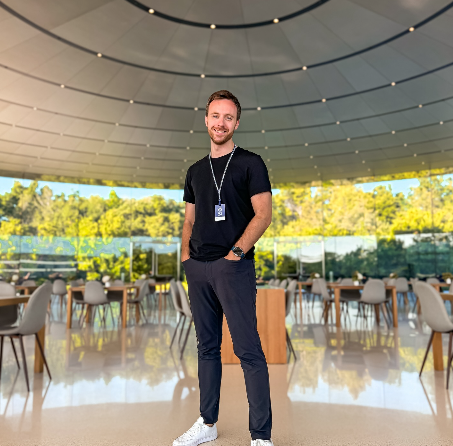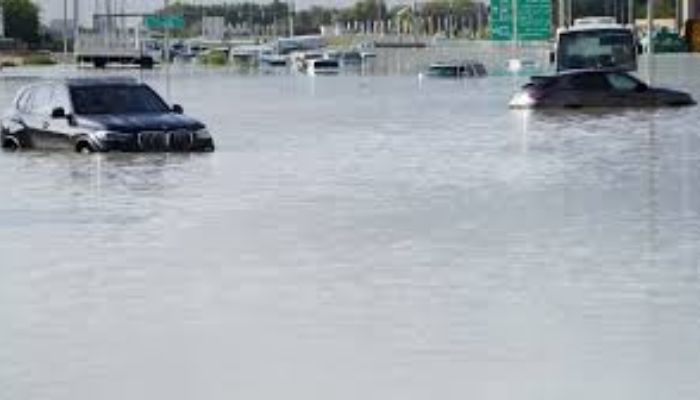An abrupt change in the weather has lately occurred in Dubai, a city famous for its futuristic skylines and opulent desertscapes. Parts of the city were overwhelmed by heavy downpours and flash floods, which caused interruptions and left many wondering how this could have happened in a historically dry location. A method of altering meteorological conditions known as cloud seeding could hold the key. Let’s read below about “What is Cloud Seeding and How Did It Flood Dubai?”.
What is Cloud Seeding?
The process of cloud seeding involves inserting condensation nuclei into clouds in order to control the overall pattern of precipitation. Nuclei made of silver iodide or dry ice (frozen carbon dioxide) give clouds their microscopic surfaces, which the water vapor in the air can condense around to create bigger droplets that are more inclined to rain or snow.
To seed clouds, there are two main ways:
When seeding from above, planes drop the material directly into the clouds.
When seeding from the ground, generators discharge chemicals that are carried upwards by wind currents.
How Did Cloud Seeding Cause Flooding in Dubai?
In areas that are experiencing a drought, cloud seeding is often used to collect more precipitation. Though the method may have been too aggressive in Dubai’s instance. A list of probable causes is as follows:
Overseeding: When there’s an imbalance in the cloud caused by too much seeding material, enormous hail or rain drops fall at a faster rate, which can overwhelm drainage systems.
Implementing cloud seeding in conjunction with weather forecasts is common practice in unpredicted weather systems. Miscalculations in weather prediction can cause seeding activities to coincide with natural weather events that would normally produce significant rainfall, which could make the precipitation even worse.
Frequently Asked Questions (FAQs) About Cloud Seeding and Dubai’s Floods
1. Is cloud seeding safe?
The use of cloud seeding is typically regarded as quite safe. Many of the seeding ingredients already exist in nature, albeit in extremely minute amounts. More research is needed, though, because some studies have raised possible ecological risks.
2. Can cloud seeding be controlled precisely?
Seeding clouds is more of an art than a method. When and where precipitation falls is heavily dependent on atmospheric conditions.
3. When dealing with water scarcity, are cloud seeding and other methods available?
Efforts to conserve water, better agricultural methods, and desalination plants are all worth considering.
Conclusion
A possible tool for regulating water resources is cloud seeding. Having said that, knowing exactly what could happen as a result of any disturbance to natural systems is essential. After what happened in Dubai recently, it’s clear that cloud seeding techniques require meticulous preparation, exact implementation, and constant monitoring. I hope you like reading “What is Cloud Seeding and How Did It Flood Dubai?”.
Also Read: Impeachment Articles Against Mayorkas Rejected- What’s Next for the Cabinet?
Disclaimer: No causal relationship between cloud seeding and the recent floods in Dubai has been shown. Due to the complexity of weather systems, the significant rainfall was probably caused by a combination of circumstances. Uncovering the exact function that cloud seeding may have performed requires additional research.

Tom is the expert behind TechToday19.com, leveraging over a decade of experience in the tech industry. With a Bachelor’s degree in Computer Science and numerous certifications in emerging technologies, Tom provides readers with in-depth, reliable insights into the latest tech trends and innovations. His extensive background ensures that every article on TechToday19.com is grounded in expert knowledge and thorough research.
Tom’s influence extends beyond the website, with a robust following of 236K on Instagram. Stay connected for the latest tech updates and exclusive content by following him on Instagram.

